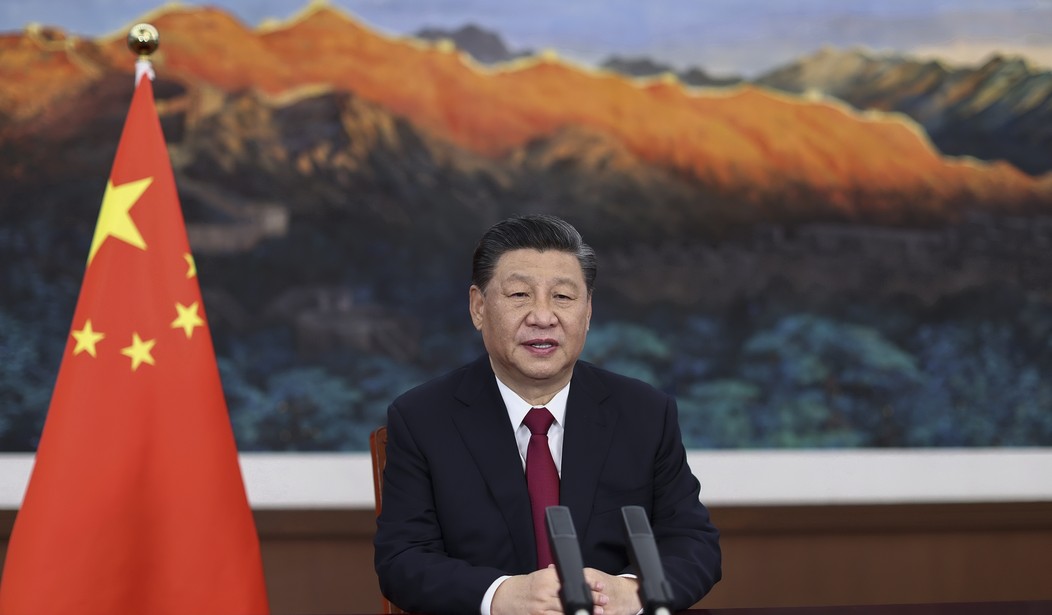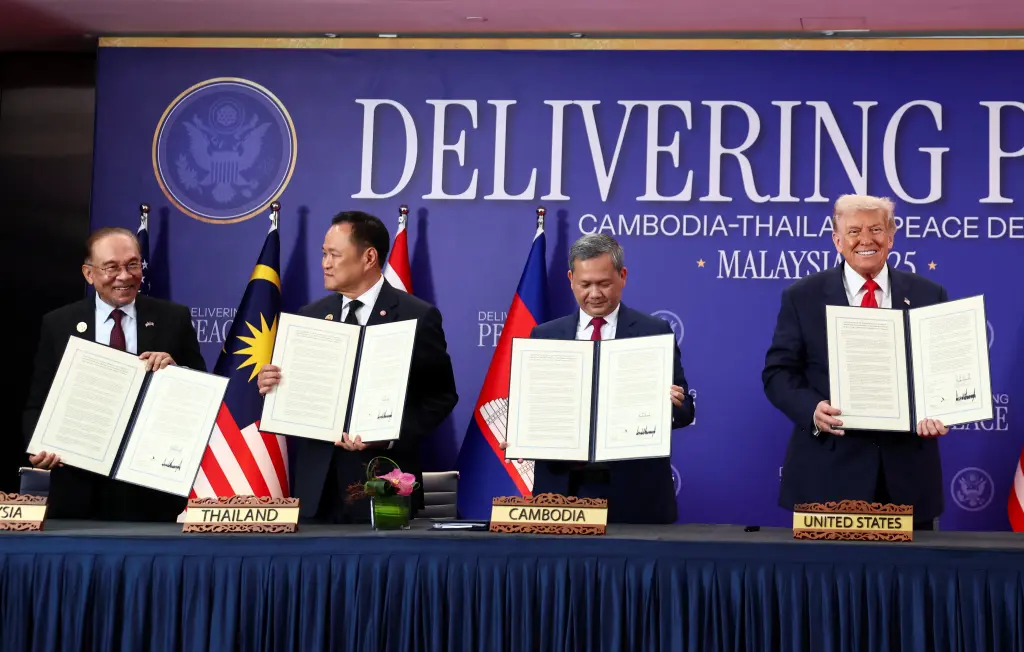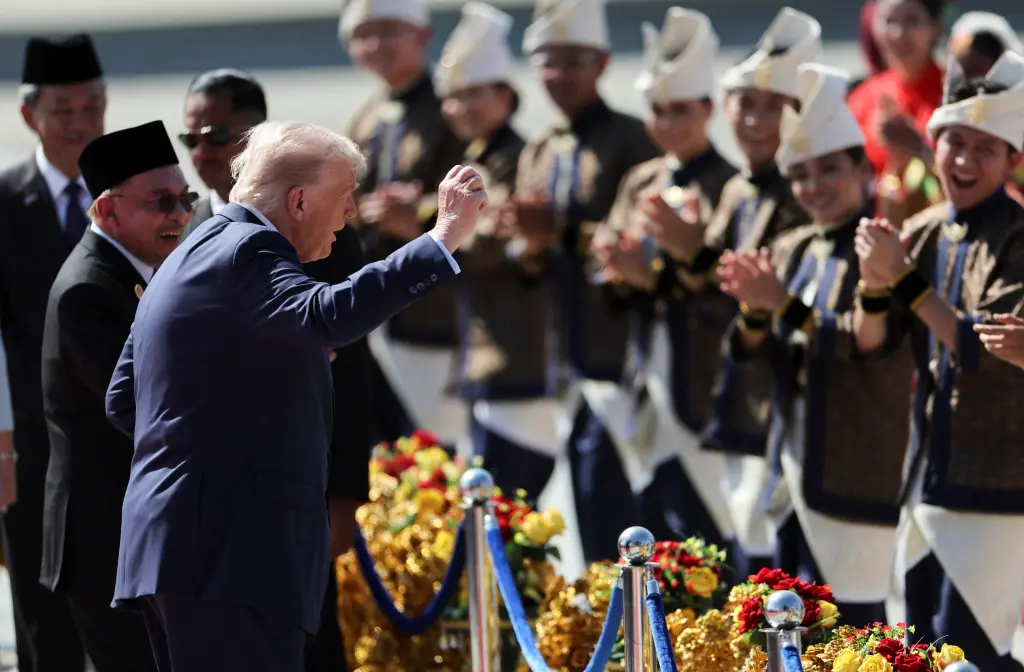Never let it be said that President Donald Trump isn’t willing to meet with other world leaders—no matter how rocky the relationship. During a meeting with Australian Prime Minister Anthony Albanese at the White House, Trump shocked markets and pundits alike by announcing that he would be meeting with Chinese President Xi Jinping in South Korea in just a couple of weeks. Naturally, the stock market reacted in typical fashion—enthusiasm, and a significant jump in indices.
Trump confirmed to reporters that he and Xi would meet in South Korea, with the prospect of finding some common ground. This news sent the Dow soaring 500 points, the S&P 500 climbing 1.2%, and the tech-heavy Nasdaq revving up by 1.52%. This kind of market movement doesn’t happen every day, but it’s clear the world has been waiting for a major shift in the ongoing China-U.S. standoff.
Now, let’s not forget that only a few weeks ago, Trump was in full negotiation mode, rattling sabers with threats of tariffs on China. The president had been talking tough, even warning Beijing of an additional 100% tariff on rare earth metals—critical resources used in manufacturing everything from fighter jets to smartphones—if China didn’t back off on its export controls. But, as always with Trump, there’s a strategic flip-flop, and by last week, he was saying he saw "no reason" not to meet with Xi. And just like that, the possibility of a face-to-face meeting became a reality, much to the delight of investors.
Now, the big question: Is this a genuine breakthrough, or just another play in the ongoing high-stakes poker game between Washington and Beijing? Trump’s willingness to meet with Xi signals a shift, perhaps a softening of his stance, but we’ve seen such moves before, and they don’t always end in a new trade deal. It’s worth remembering that Trump was willing to meet North Korea's Kim Jong Un during his first term—another leader with a spotty reputation on the global stage. We’ve all seen how that turned out: a lot of photo ops, but little substance.
China, as Trump well knows, is not only a major trading partner but also a significant geopolitical rival. The tensions between the U.S. and China run deep, with Xi’s government making increasingly assertive moves in the West Pacific, challenging the U.S. and its allies, like the Philippines, Taiwan, and Japan. So why the meeting now? Could it be that Beijing is ready to come to the table and negotiate, or is Trump just setting the stage for another Alaska Summit-style encounter—lots of talk, but no concrete progress?
There’s certainly potential here. President Trump has managed to secure several trade deals during his second term, including one with Australia just this Monday. However, China remains the biggest economic fish that has yet to be reeled in. A new trade deal with them would be a major victory—and, as Trump has often said, you can’t make a deal without talking.
So, we’ll see what happens next week. Will this be the start of a new chapter in U.S.-China relations, or just another diplomatic detour? Only time will tell, but for now, the markets are betting on optimism.



